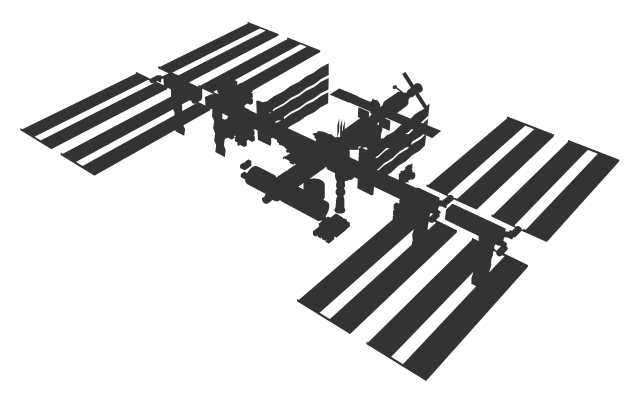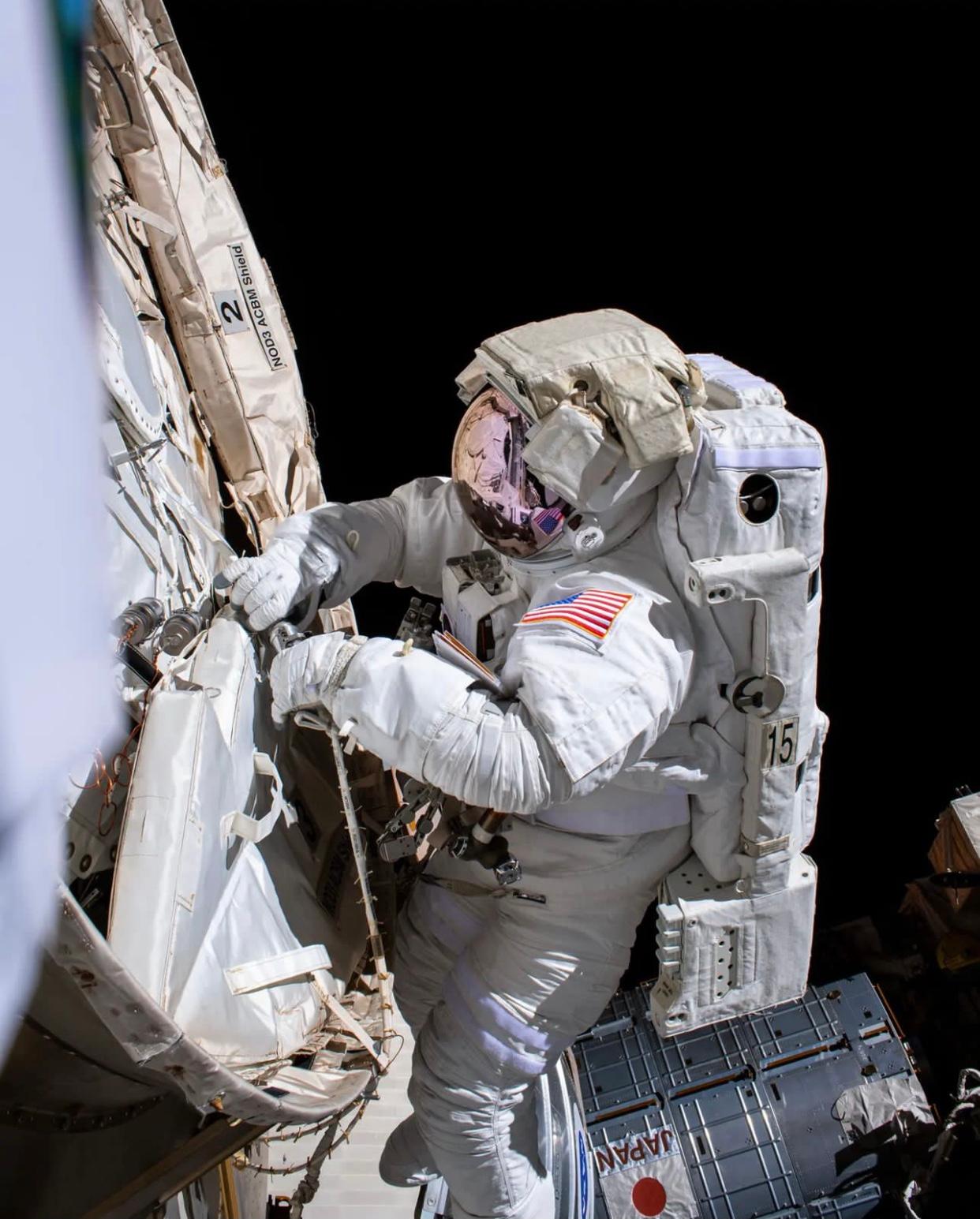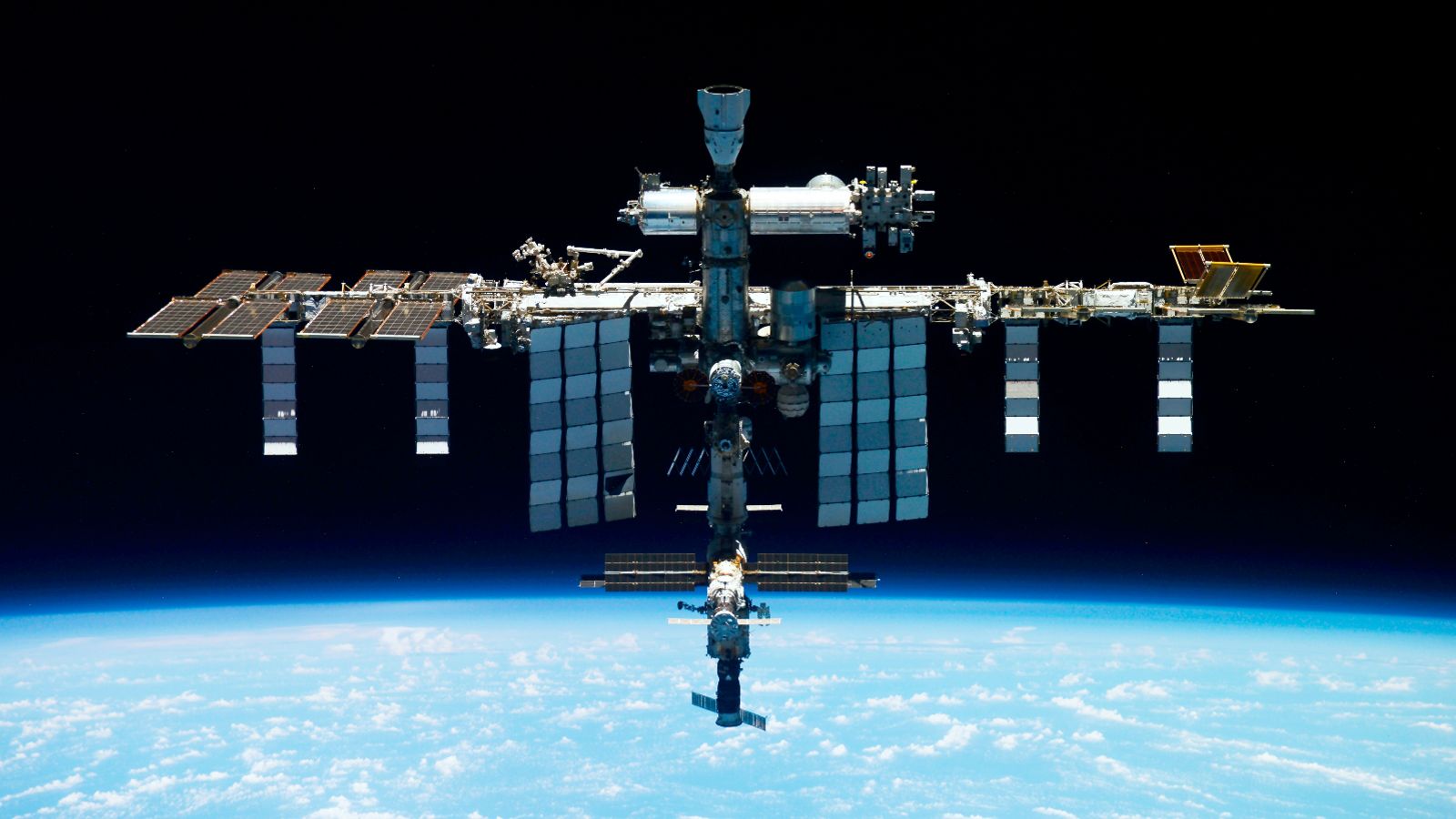
International Space Station:
About 384 km away from the surface of the earth,the International Space Station orbits the earth. This station, which moves at a speed of 28,000 km per hour, orbits the earth once every 90 minutes.
When the historians of the future want to tell the story of the first steps of mankind in space from a far distant perspective, the date of October 30, 2000 can be of special importance, because it was the last day that man remains completely confined to the planet earth.
The concept of the International Space Station:
The US space station “Freedom” was designed during the 1980s as the West’s answer to Mir, but it eventually evolved into a truly global project and was called the International Space Station or ISS.
From Competition To Participation:
The development of the new station was very long and difficult.It didn’t take long for the space agencies of Europe, Japan and Canada to join the project and each agreed to supply their laboratory modules and other components of the station.
In 1993, the officials of the American and Russian space agencies reached an agreement on this project in a meeting.This project was called “Alpha Space Station” at the beginning,but it didn’t take long for it to be known by the simpler name “International Space Station“.
Start Of Construction:
The Russians sent the first part of the International Space Station named “Zarya” into space in November 1998. A month later, NASA sent a connecting piece called Unity into space.
After a long delay, the next part of the station, the Russian service module “Zvezda” which means star, was launched into space.This module provided facilities for passenger accommodation, life support and control of environmental conditions for the station.
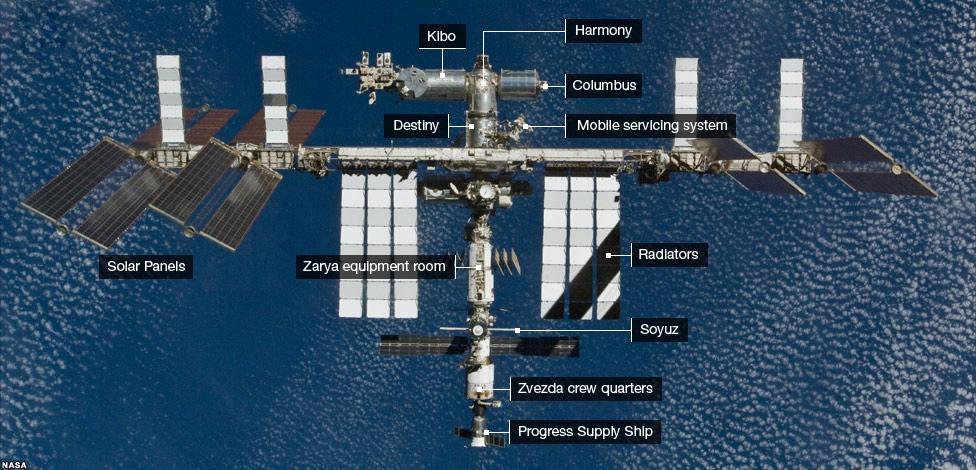
When the “Zvezda” module joined the other two orbiter segments in July 2000, the station was finally ready for its first crew.From that year to 2008, the Space Shuttle went into space 27 times to carry different parts of the space station.
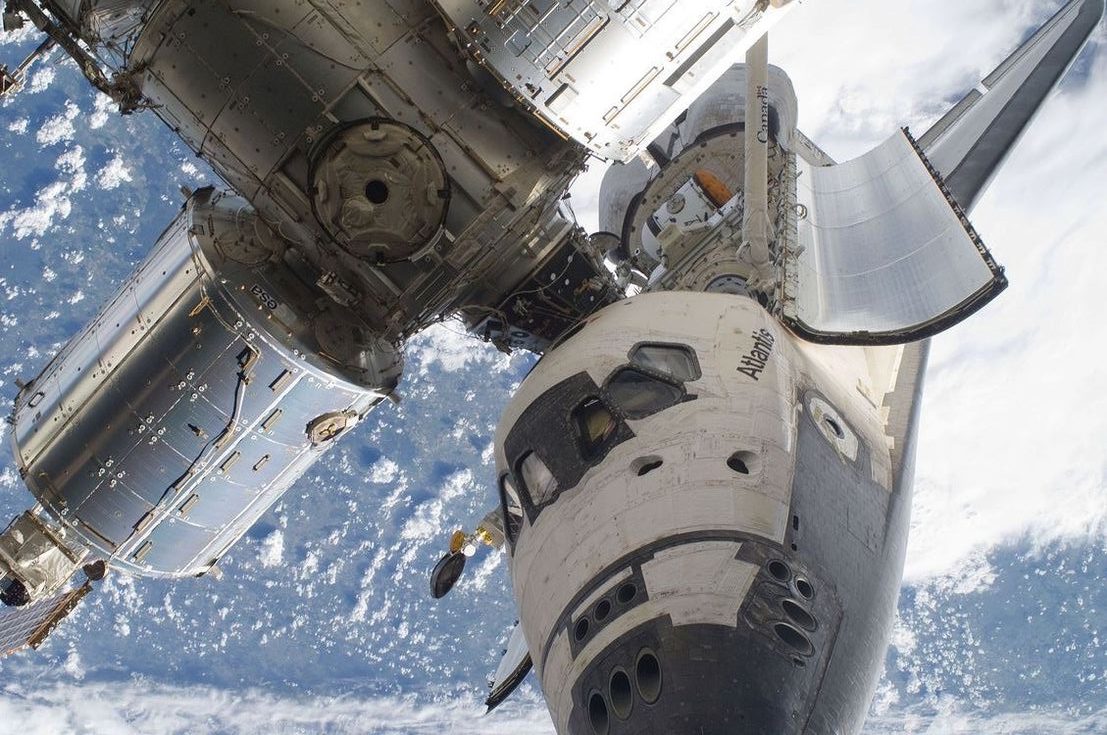
The First Expeditions:
The first crew of the International Space Station entered the station in November 2000. One American astronaut and two Russian cosmonauts. Since then, there have always been people on the space station.
This station has the facilities of a 5-bedroom house. 2 bathrooms and an exercise room and a 360 degree window that the station crew can watch the world from behind.
Usually 3 to 6 people stay in the station. But when the space shuttle connects to the station to replace the station staff, the number of people present in the station reaches up to 13 people.
The Crew of the International Space Station:
Until January 2018, 230 people from 18 countries of the world had gone to the International Space Station. Each country could send people to the space station according to the share it had undertaken in financing and resources of the station.
NASA, Roscosmos and the European Space Agency contributed the most to the space station. Japan and Canada also sent people to the station.The station received help from the control center in Houston, America, and Moscow in Russia.
The astronauts who were in the space station spent most of their time doing various experiments.Sometimes they had to march in space and repair the damaged outer parts of the station.
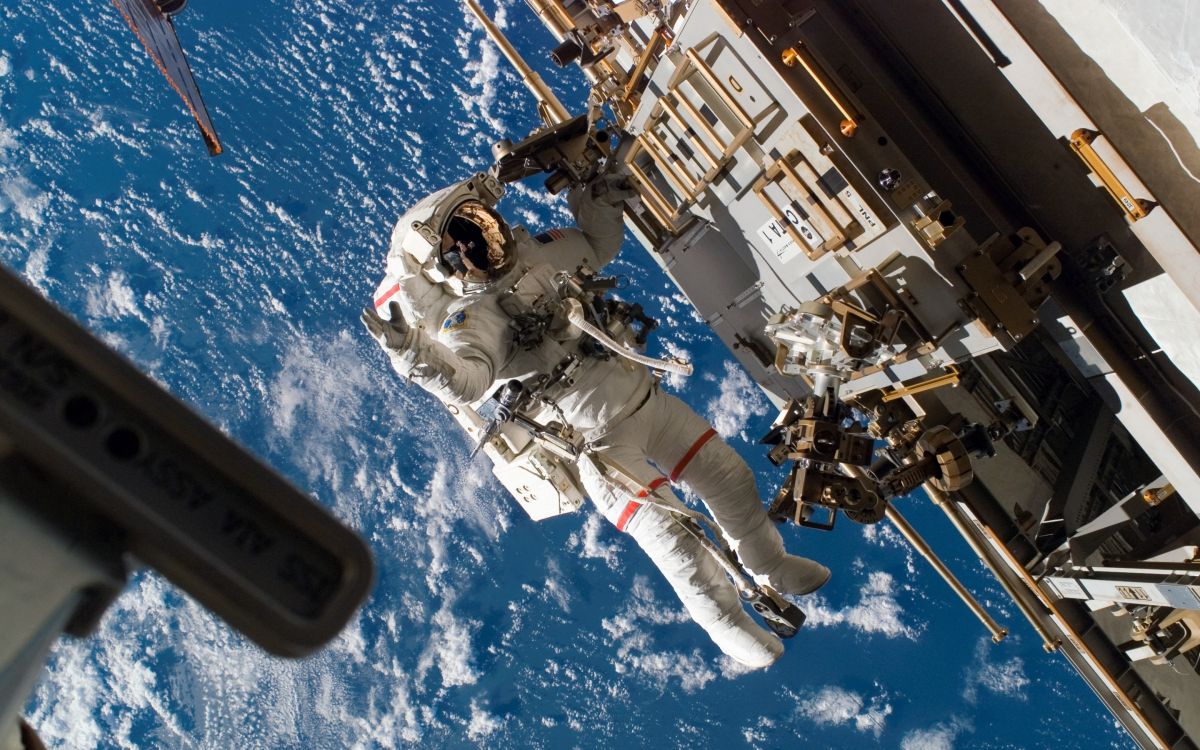
In each mission, these tasks took most of the crew’s time. But the station staff needed at least 2 hours of exercise every day. Astronauts should take care of their bodies as much as they take care of their spacecraft.
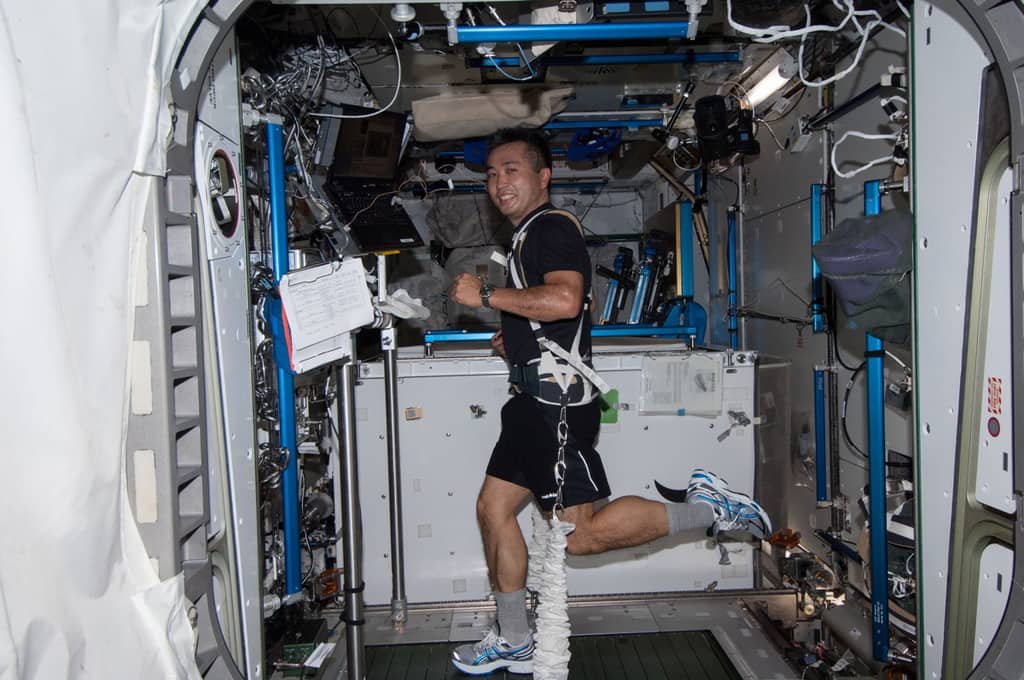
Cupola Module:
In February 2010, an innovative module joined the International Space Station, providing the International Space Station with the largest windows ever used in space.This module, called Cupola, is an observatory with 7 windows that can be used to observe the Earth, conduct experiments and monitor annexation operations.
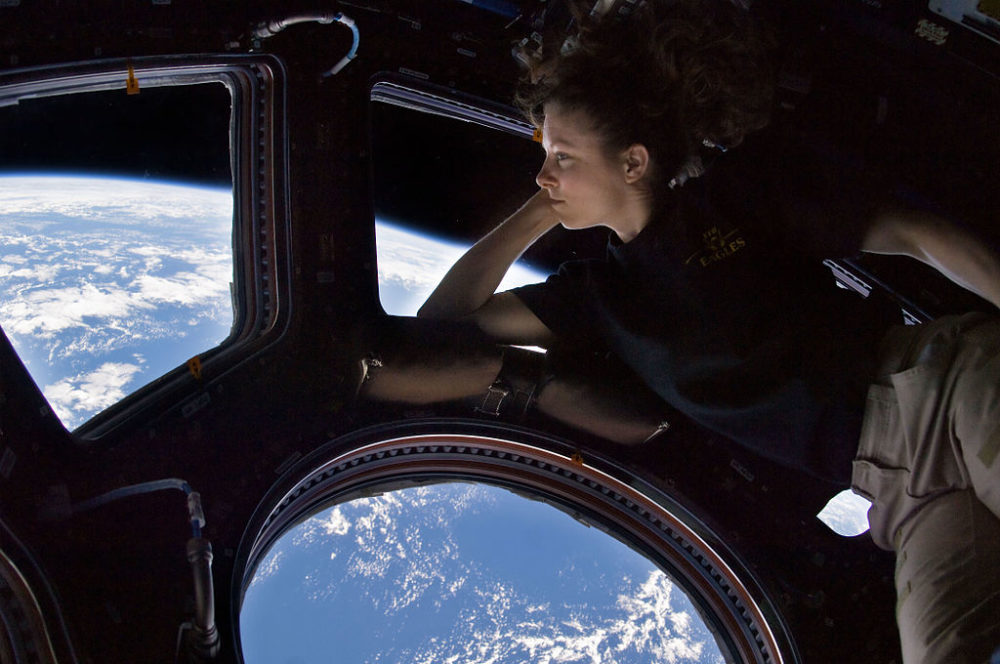
Space Records:
Humans who have gone to space have also left amazing records
- The most consecutive days in space belong to a NASA astronaut: Scott Kelly
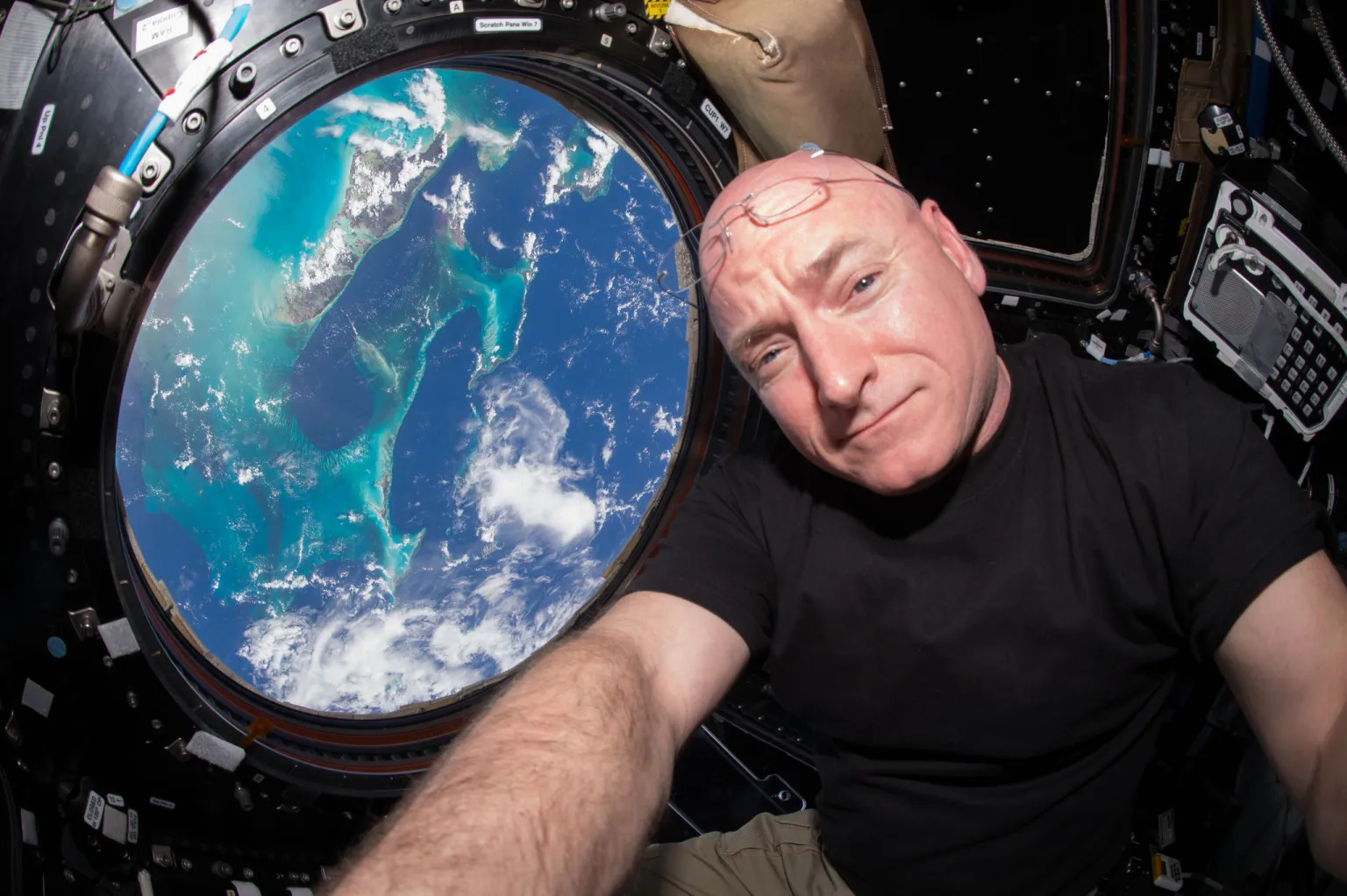
Scott Kelly,a seasoned NASA astronaut born in 1964, was the commander of expeditions 26, 44, and 45 to the ISS.He went to space for the first time in 1999 with the shuttle Discovery and in 2007 he commanded the STS-118 mission to the ISS.Scott Kelly had a one-year ISS mission in 2015 and 2016 and spent 340 days in space.
- The longest total mission time of a NASA member in space،665 days in 3 missions to the International Space Station owned by: Peggy Whitson
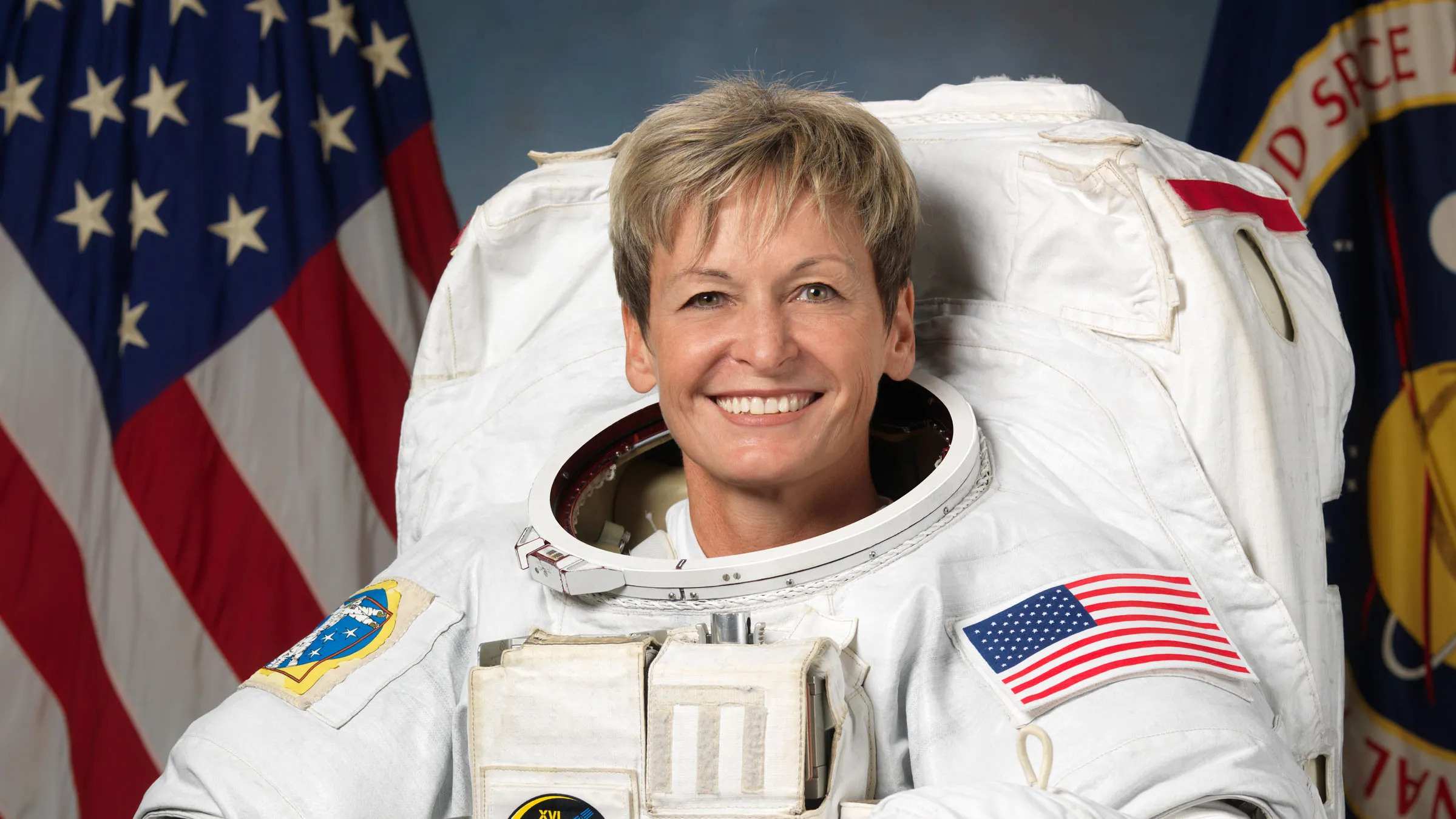
- The longest spacewalk was 8 hours and 56 minutes in 2001 during the mission to build the station by:Jim Voss and Susan Helms
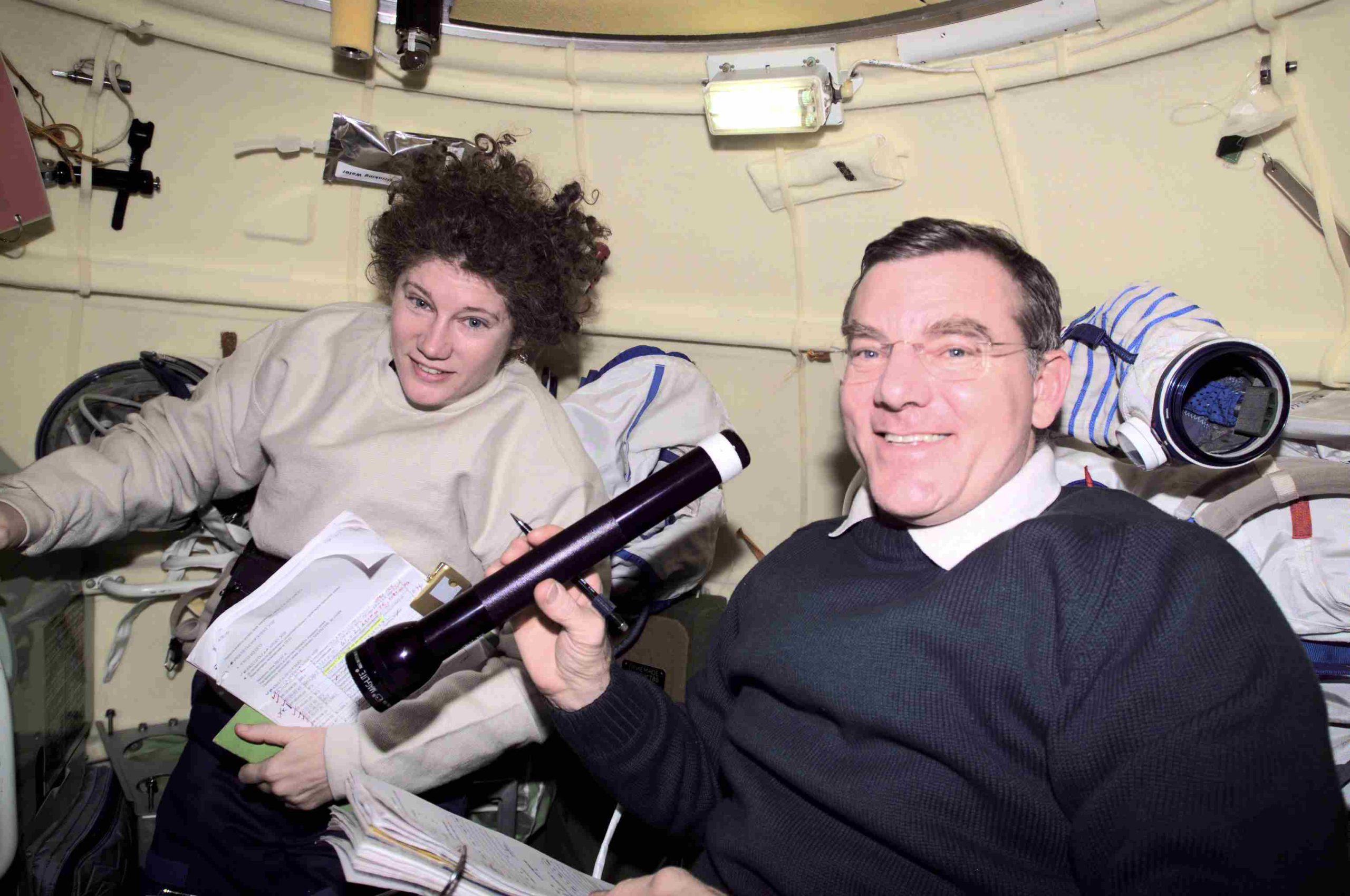
Spot The Station:
To help those who want to find the International Space Station in the sky, NASA has launched a site called “Spot the Station” that provides information about the station’s position in the night sky. spotthestation.nasa.gov
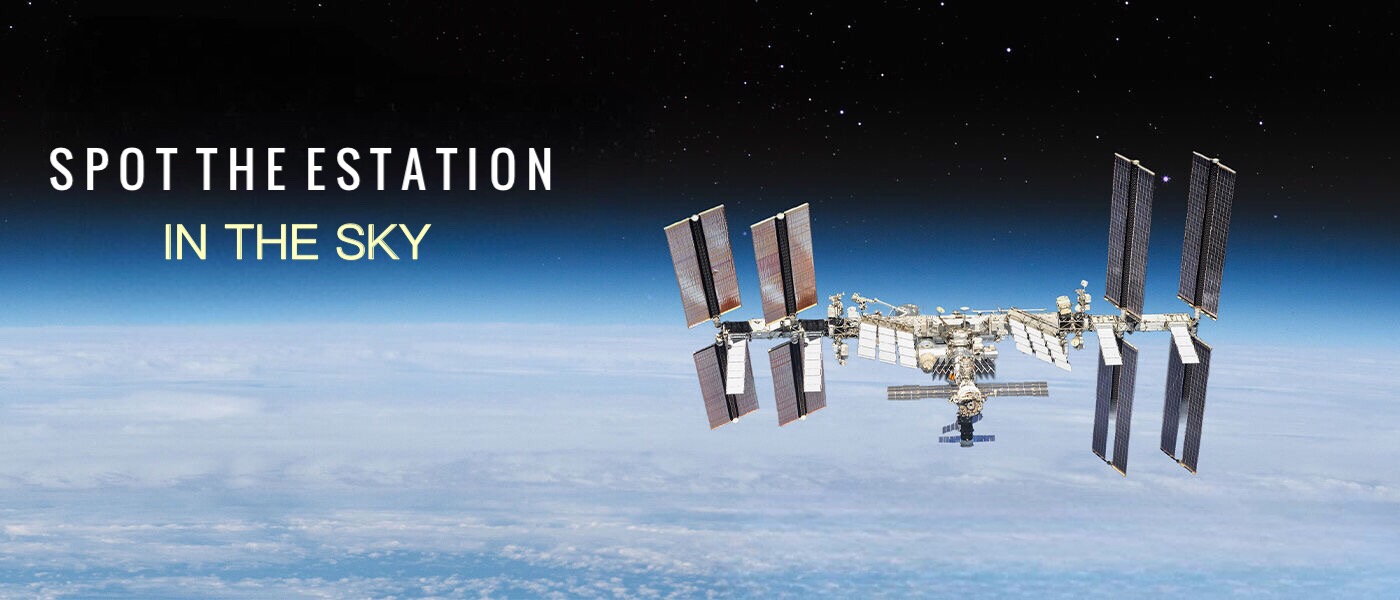
When the space station passes near where you live, you can log in and send it email or text alerts.
Towards The Future:
The International Space Station will continue to operate until 2024. However, some countries that participated in this program are negotiating to maintain the station until 2028.
Private companies such as Blue Origin and Axiom Space are planning to build a space station after the retirement of the International Space Station.
Since after the retirement of the station, the astronauts do not need to stay in space for a long time, smaller stations are built, to the extent of being there for a few days and doing experiments and returning to the ground.
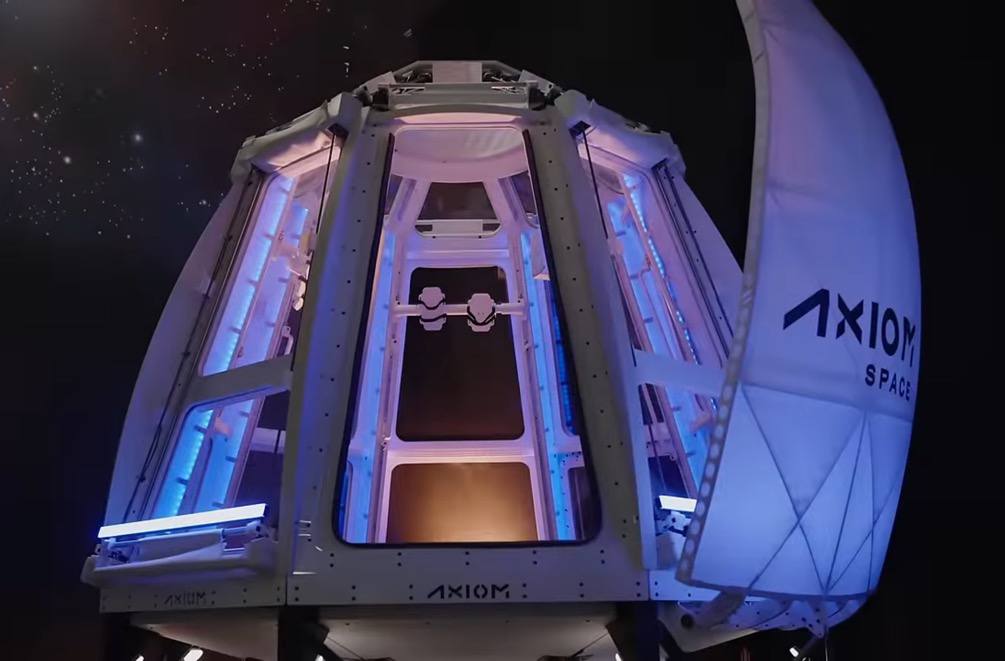
In recent years, NASA has focused its manned space travel planning on the attractive destinations of the solar system on the far side of the earth,By achieving these goals, the time will come for humanity to look at deeper goals, first to Mars, then to the far reaches of the solar system, and maybe one day to other stars.

